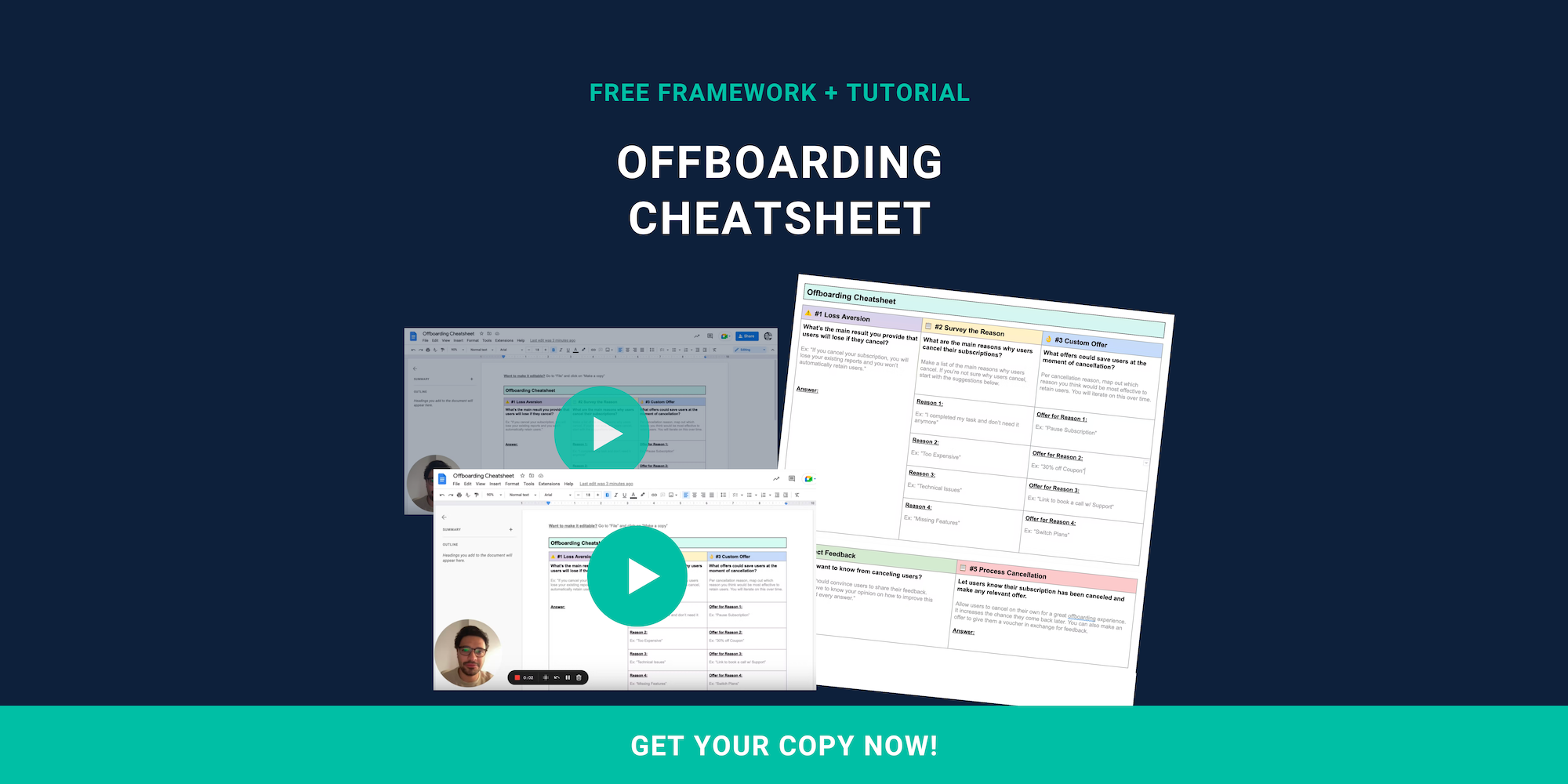The average lifetime value of a customer (LTV) is one of the most important calculations for a Saas. Understanding this metric provides insight that allows business owners to make better decisions. LTV can help make decisions about sales, marketing, product development, and customer support. We will discuss what LTV is, how to calculate LTV, how LTV can be used, and how to improve LTV. Anyone running a Saas needs to apply these principles to ensure long-term success.
What is LTV?
Lifetime Value of a customer is defined, by Hubspot, as, “..the metric that indicates the total revenue a business can reasonably expect from a single customer account. It considers a customer's revenue value, and compares that number to the company's predicted customer lifespan. Businesses use this metric to identify significant customer segments that are the most valuable to the company.” (Source: https://blog.hubspot.com/service/how-to-calculate-customer-lifetime-value). In essence, LTV is how much money the Saas will earn over the lifetime of their subscription to your Saas. LTV tells how much revenue they can anticipate one customer to pay over the lifetime of the subscription. The longer a customer continues their subscription, the greater their lifetime value becomes.
How to Calculate LTV
This basic Lifetime Value formula is most often accepted as a useful starting point. There are more accurate methods that properly account for MRR expansion, contraction or non-linear churn. There are other methods that account for these factors such as the The “David Skok” formula.
The basic LTV formula:
LTV = (ARPA x Gross Margin %) / Customer Churn Rate
ARPA: Average Revenue Per Account (The average Monthly Recurring Revenue [MRR] across all of your active Saas subscribers)
Gross Margin: The difference between revenue and COGS (Cost Of Goods Sold). This is typically extremely high in SaaS (>75%)
Customer Churn Rate: The rate at which your customers are cancelling their subscriptions.
Here are a few great online calculators that can help you get started:
- https://chartmogul.com/metrics/ltv/
- https://www.clv-calculator.com/free-online-clv-calculators/online-clv-calculator/
How LTV Can Be Used
Marketing budget. LTV is a key metric when planning your marketing budget. Specifically, we can use LTV to determine our Customer Acquisition Cost (CAC) budget. For example, if the LTV is determined to be $500, then theoretically it’s worth spending up to $499 to acquire a customer.
Judge Saas quality and value. As you track LTV over time, you can gauge the changing perceived value of your Saas. As your LTV increases or decreases, you can take this metrics as an indication of increasing or decreasing quality and value.
Identify your most valuable customers. Understanding who your most valuable customers are helps you increase retention and segment your marketing. When you know and what segment of customers have the highest lifetime value, you can start to understand them better. A better understanding of a smaller set of customers allows you to find commonalities. When you up your customer service game to this segment, you can discover what made them stick around and spend more money.
Now that you have identified your most valuable customers, you can market to lookalike audiences. Facebook and other marketing platforms have functions built within their ad manager that manage this for you. This knowledge will also help create an avatar of your ideal client, thus providing a more inline marketing message. We can use this info to match up with the potential customers who will spend more on our Saas.
How to Improve LTV
Reduce churn. As a core expression of the LTV equation, the churn rate, when lowered will increase LTV. The longer a Saas subscriber pays on their subscription, the more valuable this customer becomes. Check out this article we wrote about how to reduce churn.
Increase Margins. This is easier said than done. Reducing your profit margins increases the value of a customer.
Conversion optimization. The cost of goods sold includes the Customer Acquisition Cost (CAC) as well. As you perform conversion optimization, the cost to acquire a customer decreases, thus lowering Lifetime value.

Offboarding Cheatsheet
This framework + video tutorial will help you design a better cancellation process.
Some of our featured articles

Adam Crookes

Miguel Marques

Adam Crookes
Customer Success insights in your inbox
Helping Founders and Customer Success Managers handle customer retention effectively.
We will only ever send you relevant content. Unsubscribe anytime.


